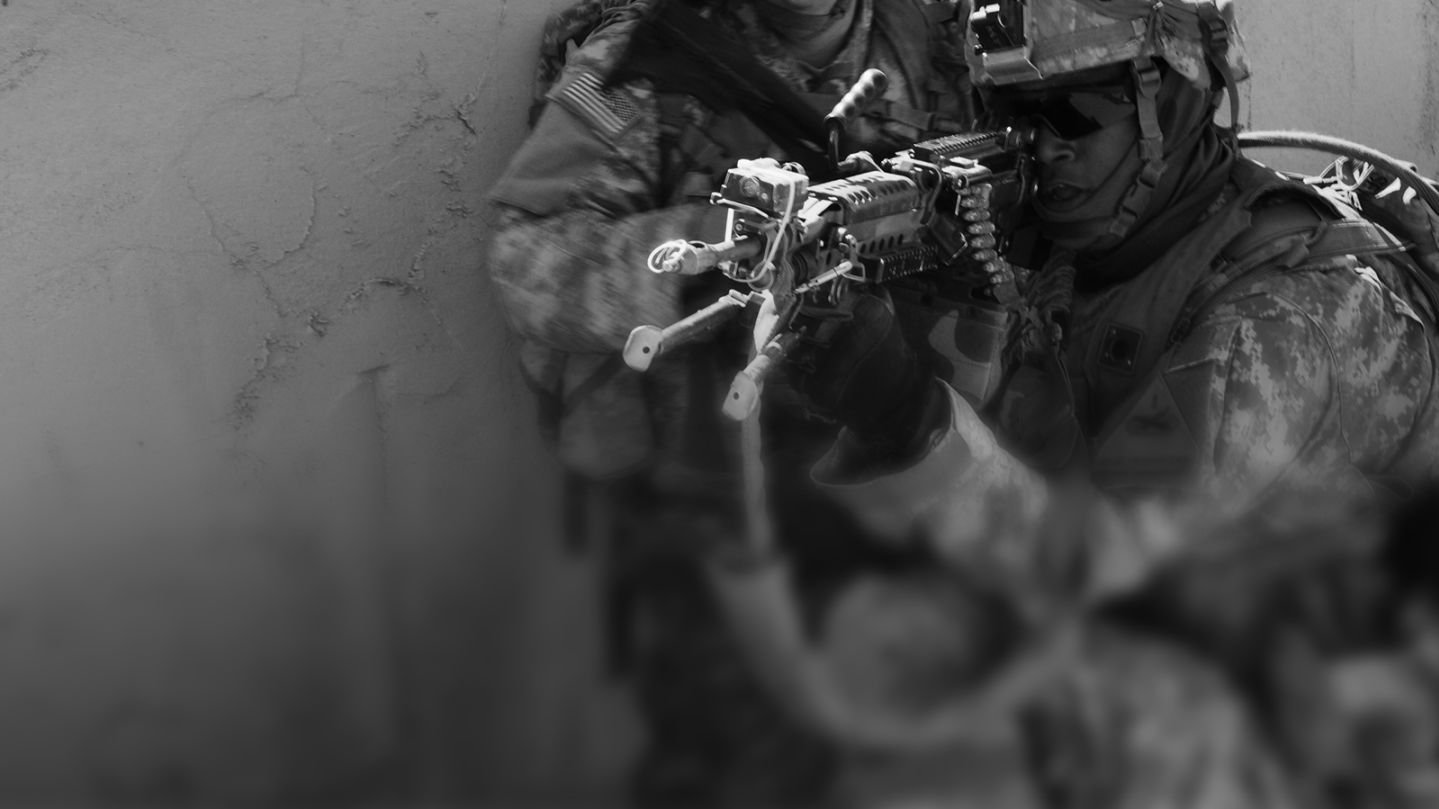Story highlights
The aircraft, an ATR 42-500, was purchased for a program called "Global Discovery"
Modifications over the last seven years has cost the Defense Department four times the anticipated amount of $22 million
The Drug Enforcement Administration and the Department of Defense spent more than $86 million on an aircraft for counter narcotics efforts in Afghanistan that has “never actually flown in Afghanistan,” according to a Department of Justice inspector general report.
The aircraft, an ATR 42-500, was purchased for a program called “Global Discovery.” Over the last seven years, it was outfitted with surveillance equipment and modified to conduct operations in a combat zone, which cost the Pentagon four times the anticipated $22 million. And of as March, the aircraft was inoperable and resting on jacks, said the report, which was issued on Wednesday.
Though the DEA awarded a contract to purchase the aircraft at a cost $3 million more than it estimated, most of the misused funds were used in retrofitting the aircraft. For example, by October 2014, more than $65 million was spent on the aircraft’s modifications. But those modifications required that an additional $6 million more be spent to repair damages that which occurred while outfitting it with surveillance and communications equipment.
Additionally, the report found that almost $2 million was spent to modify a hangar for the aircraft, also known as ATR 500, but the aircraft was never housed there, nor will it, as the DEA ceased aviation operations from Afghanistan in July 2015.
Flight logs revealed that only 14% of the missions flown by the DEA in Afghanistan between October 2011 and February 2015 were for reconnaissance, surveillance or intelligence, according to the inspector general. The rest of the flight missions were for “transporting personnel and equipment.”
This led to more than 1,000 mission requests for the DEA going unfulfilled and to pick up the slack, the State Department flew more than 1,200 missions to support DEA aviation operations.
In response to the report, the DEA released a statement saying “reviews by the Office of the Inspector General are necessary and important, and DEA welcomes recommendations that make us better. DEA agrees that it can and should provide better oversight of its operational funding. We are reviewing policies and procedures to ensure the limited resources allocated to DEA are utilized in the most responsible and effective way possible.”
The audit that led to the findings was prompted by a whistleblower complaint from an anonymous source in July 2014 that claimed the DEA had “misused DOD funds by misdirecting, diverting, and spending them in areas not related to DEA’s Afghanistan aviation operations.”
In a letter to the inspector general, the DEA took exception with some of the findings of the audit but relented that the money could have been spent more efficiently. They cite the joint funding agreement with the DOD as to one reason why costs ran wild. “The significant difference between previous aircraft modifications and the Global Discovery program was that in the previous modifications, DEA utilized its own funding and, therefore, had the latitude to be more involved in the modification process. Based upon that previous experience, DEA had no indication that the Global Discovery modification would encounter the significant delays and problems that ultimately occurred.”
Even though the Global Discovery program has missed four deadlines, has no funds, and DEA and Defense officials have concluded that all the modifications they initially requested will not be possible, “modification efforts remain on-going, and the most recent delivery date provided for an operable ATR 500 is June 2016,” the report said.



